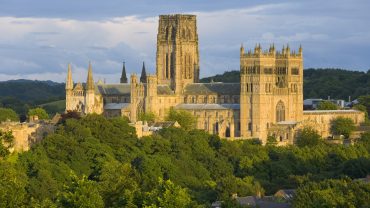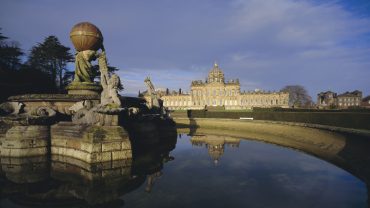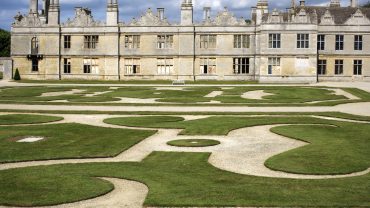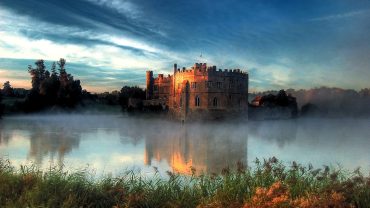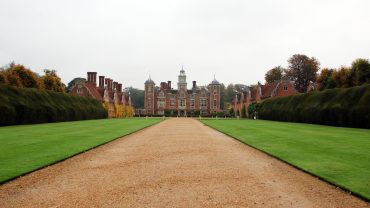Beneath Britain’s villages, towns, cities and countryside lies an extraordinary world that’s largely unseen – yet brimming with intrigue. From mysterious tunnels and military bunkers, to vaulted crypts and fabulous follies, the underground sites in the UK offer a thrilling glimpse into the nation’s hidden past.
But it’s not all gloomy vaults and top-secret government lairs. Many subterranean spaces were carved or constructed not just for defence or secrecy, but for everything from sheltering populations and storing goods, to fuelling industry and even inspiring awe. Each of these underground attractions in the UK is dramatically different, but each has a fascinating tale to tell. Are you ready to uncover the tantalising secrets of the UK’s subterranean sites?
Come with us on an adventure as we journey beneath the surface, exploring the quirky, dramatic, and history-laden world of the UK’s most unusual underground buildings.
Military Marvels
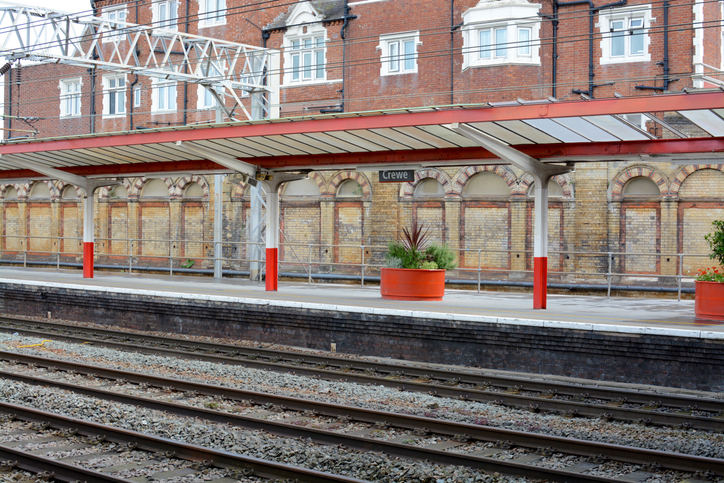
Hack Green was originally intended as a decoy for Crewe station (Credit: Tornadoflight via Getty Images)
Britain’s underground military bunkers and command centres are a testament to ingenuity under pressure. These subterranean strongholds were built to shield secrets and safeguard leaders during times of conflict.
Churchill War Rooms
One of the most popular underground attractions in the UK, the Churchill War Rooms are located beneath the Treasury building in Whitehall. They served as the secret underground headquarters for Britain’s government during World War II. This fortified complex was the nerve centre from where Prime Minister Winston Churchill and his cabinet directed the war effort and masterminded the Allied victory.
Kelvedon Hatch Secret Nuclear Bunker
The Kelvedon Hatch Secret Nuclear Bunker in the Essex borough of Brentwood, is a vast Cold War-era underground shelter and former Regional Government Headquarters. Built in the early 1950s as part of the RAF ROTOR air defence system, it was designed to protect military and civilian personnel in the event of a nuclear attack and to ensure government continuity. The former super-secret bunker is now a signposted tourist site and one of the most fascinating underground buildings in the UK.
The Guardian Telephone Exchange Tunnels
The Guardian Telephone Exchange Tunnels on George Street in Manchester’s city centre were built in the mid-1950s as a secret Cold War communication hub, designed to maintain secure telephone lines during a nuclear attack. Located deep beneath the city streets, this vast underground network housed equipment and living quarters, and some say it even had a bar!
The Central Government War Headquarters
The CGWHQ, also known as the Burlington Bunker, is a vast, 35-acre underground complex located in a former Bath stone quarry near Corsham in Wiltshire. Built during the Cold War at a depth of 37 metres, it was designed to serve as the UK government’s blast-proof emergency headquarters, capable of housing up to 4,000 people in complete isolation for up to three months in the event of a nuclear conflict. One of the most interesting underground sites in the UK, it included offices, living quarters, a hospital, and even a BBC broadcasting studio to maintain control and communication away from London.
Hack Green Secret Nuclear Bunker
Hack Green in Cheshire started as a World War II radar station and decoy site (designed to confuse the German Luftwaffe searching for the strategically vital Crewe railway depot) before being converted during the Cold War into a secure Regional Government Headquarters. The vast underground complex, rebuilt in the 1980s, was designed to protect government operations during a nuclear attack. This most remarkable of UK subterranean sites is now a museum showcasing Cold War history and memorabilia.
Travel Treasures
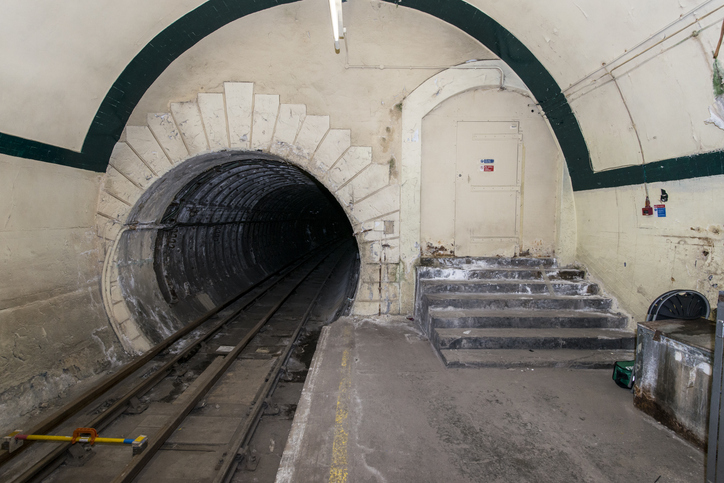
The abandoned Platform 1 at Aldwych which closed in 1994 (Credit: Wyco via Getty Images)
There’s a captivating world beneath Britain’s bustling streets, featuring disused Tube stations and secret tunnels. From superstar stations such as Aldwych to the historic Mail Rail, these hidden subterranean gems reveal the nation’s rich transport heritage and invite curious explorers to take a trip back in time.
London Post Office Railway
Known colloquially as Mail Rail, the London Post Office Railway was a driverless underground railway beneath London that operated from 1927 to 2003. Inspired by the freight train system in Chicago, it ran for 10.5 kilometres between sorting offices from Paddington to Whitechapel and was built to speed up mail delivery by transporting up to four million letters and parcels a day. As mail dwindled, the Mail Rail became too expensive to run and it closed in 2003. Today, it’s one of the most astonishing underground attractions in the UK and operates as a museum.
London Underground’s Ghost Stations
London’s ghost tube stations offer a haunting glimpse into the city’s hidden transport past. Perhaps the most famous is Aldwych, which opened in 1907 on the Piccadilly line, but struggled with low passenger numbers and closed in 1994. During World War II, it served as an air-raid shelter, and today it’s a popular filming location and part of London Underground’s ‘Hidden London’ tour. But Aldwych is just one of several ‘ghost stations’ across London’s Tube network. Others include Down Street in Mayfair, once a secret wartime bunker for Churchill and government officials, and Brompton Road in Kensington, closed due to its proximity to other stations and operational costs. Each of these underground sites in the UK has its own fascinating backstory, from abandoned architectural styles to wartime and other uses, revealing how the city’s transport needs and history have evolved beneath the surface.
Victoria Tunnel
Newcastle’s Victoria Tunnel is a remarkable piece of Victorian engineering and was built between 1839 and 1842 to transport coal underground from the Leazes Main Colliery in Spital Tongues to the River Tyne, reducing transport costs dramatically by avoiding road levies. Largely forgotten after the colliery’s 1860 closure, the four-kilometre tunnel was repurposed as a World War II air-raid shelter, capable of holding up to 9,000 people. Today, one of Newcastle’s most historically important underground building projects is now a preserved historical site with a 700-metre section still accessible via one of the old wartime entrances.
Medieval Miracles
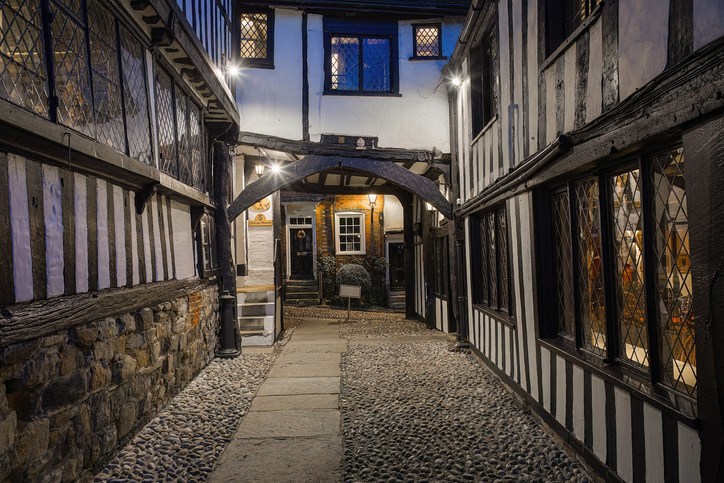
The fifteenth century Mermaid Inn (Credit: by Andrea Pucci via Getty Images)
Perhaps the most fascinating of all the UK’s subterranean sites, these medieval miracles uncover the shadowy world beneath Britain’s ancient towns, where hidden streets, secret tunnels and vaulted caves weave tales of mystery and survival, where daily life was layered with superstition, struggle and secret passageways.
Mary King’s Close
Mary King’s Close is a fascinating underground network of seventeenth century streets hidden beneath Edinburgh’s Royal Mile. Named after Mary King, a prominent local merchant, the close was a vibrant community of around 600 residents living in cramped, multi-storey tenements. Partially buried in the 1750s to make way for the Royal Exchange, the close was later used as an air-raid shelter during WWII. One of the most curious underground attractions in the UK, it is now a popular tourist location thanks to its narrow alleyways and stories of murder, hauntings and plague as well as mysterious myths and eerie legends.
Mermaid Inn
The Mermaid Inn in Rye is a historic fifteenth century inn known for its rich smuggling past and labyrinth of subterranean cellars, some of which date to the 1150s. This notorious hideout served the brutal Hawkhurst Gang in the 1700s, who used the underground maze for quick getaways and smuggling operations along the thriving port. The inn is famed not only for its Tudor architecture but also for ghost stories linked to its smuggling days, making it one of the most haunting and fascinating subterranean sites in the UK.
The Bell Inn Caves
The Bell Inn Caves are remarkable underground passageways dating back to the twelfth century, and they sit underneath the Bell Inn on Nottingham’s Old Market Square which has been on the same site since 1437. Said to be one of the most haunted underground buildings in the UK, the caves are believed to have been carved primarily by Carmelite friars. Originally used as dormitories and for brewing ale, the caves feature rock-cut chambers, medieval wells, and secret tunnels. Today, the caves remain largely untouched and are accessible via guided torchlight tours, offering a glimpse into Nottingham’s mysterious medieval underworld.
Buried Treasures: More Notable Underground Sites in the UK
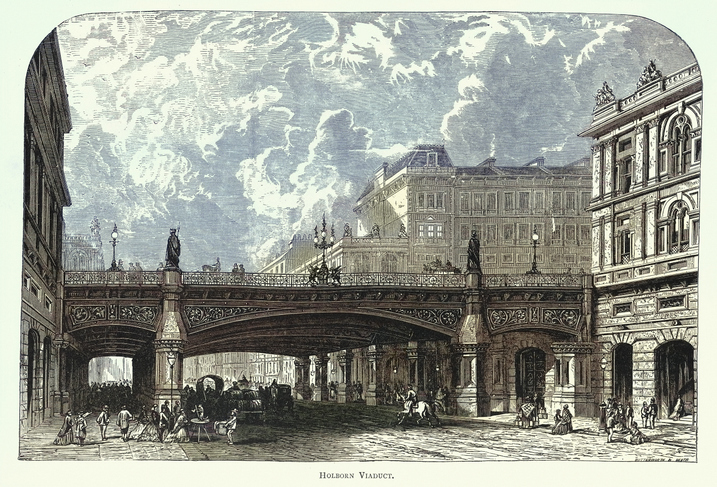
Holborn Viaduct, which once bridged the famous River Fleet (Credit: duncan1890 via Getty Images)
There are dozens of underground buildings in the UK, each revealing a fascinating world of hidden history and ingenuity. Beyond the more famous sites covered above, there are a range of other subterranean treasures in the UK. These include the stunning Victorian grandeur of the Crystal Palace Subway, the bizarre tunnel system built by Joseph Williamson in Liverpool – whose real purpose has remained a mystery since the 1830s – the man-made caves in the Bedfordshire town of Royston that some say were carved by the Knights Templar, and the story of the capital’s lost River Fleet, described as ‘the mad, bad centre of London life.’
From disused tunnels and secret chambers to expansive networks of bunkers and basements, these subterranean sites showcase the ingenuity and resilience which shaped the nation’s past.


